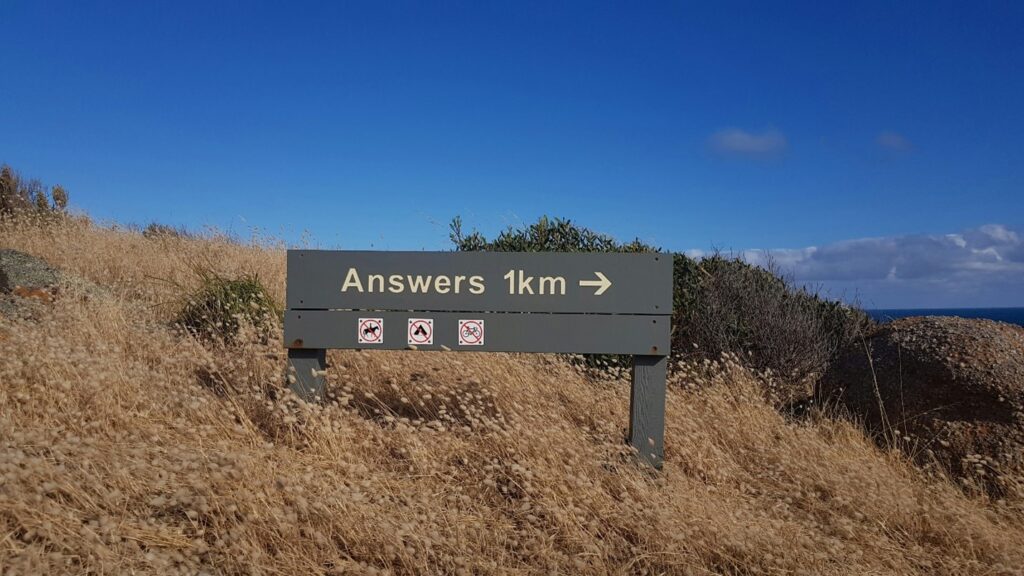We’re familiar with the baby boomers, Gen X, millennials, and more recently Gen Z. Now, a new Generation is coming into focus – Generation Alpha
Defined as having been born between roughly 2010 and the mid 2020’s, Gen-A are mostly children of millennials. They are a digitally native generation, having never known dial-up internet or cars without backup cameras. Generation Alpha is so named because it is the first generation to be born entirely in the 21st century, and the third millennium.
As this newest generation grows, so does its importance to decision-makers. At Angus Reid Group, we have been developing methods and tactics to engage with Generation Alpha. Through their parents, we can safely and reliably survey children ages 6-17, leveraging fun, engaging questionnaires that deliver valuable insights and feedback about this growing group.
As the Gen-A audience is very different from the adults who typically participate in Angus Reid Forum surveys, we have had to innovate new methods for connecting with and engaging this audience. The most critical step in this process is not only parental consent but also parental understanding. A comprehensive screener survey ensures that parents understand exactly what the process of completing a survey with their child will entail, including the types of questions they will be asked and the length of the interview. It’s very important to accommodate the realities of being a parent – things come up – by ensuring the survey can be paused and resumed once parent and child are available to continue.
Some best practices for garnering actionable insights from Gen-A include:
- Developing the questionnaire to be simple, direct, and age-appropriate in its language.
- Using visuals and videos (with narrations) where possible to make the experience fun and engaging. This also helps to explain concepts more efficiently compared to using only text as stimuli.
- If possible, test the survey with the desired audience (6-17 years old) before deploying.
- Lastly and most importantly, keep it short and succinct. A length of interview of under 5 minutes is ideal. Responses on a 10-minute survey might result in silly answers or diminishing returns as the survey drags on.
It is also imperative to deploy the survey to parents strategically. Afternoons and weekends are ideal to ensure parents and children are more likely to be available to do the survey. As a result of the smaller window of hours each day, allow for longer field times – typically 10-14 days.
Although the questions we ask of younger audiences may be simpler, insights from this untapped market can be valuable (and fun!) provided expectations and limitations are clearly communicated from the outset and best practices are followed.











